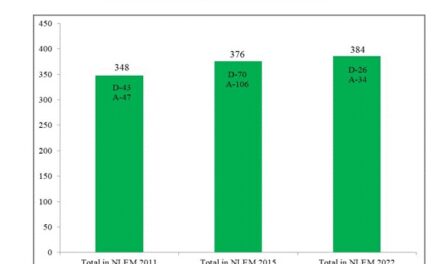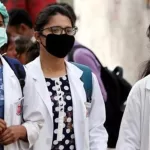At the European Congress on Obesity (ECO) 2024, Antonella Franceschelli, MD, PhD, of UniCamillus International Medical University, highlighted an urgent need to leverage social media’s potential to educate and positively influence young people with scientific information about obesity. Presenting her team’s research, Franceschelli emphasized the critical role social media platforms like TikTok can play in addressing the global obesity epidemic.
Her analysis focused on 108 TikTok videos posted between 2021 and 2024, garnering a combined 4,631,000 views. Notably, the most popular video, discussing the glucagon-like peptide 1 receptor agonist semaglutide, nearly reached a million views. “The growing obesity epidemic, particularly among young people, represents a global challenge that requires innovative approaches,” Franceschelli stated, stressing that over 90% of teens are active on social media.
She noted that food and beverage brands exploit this trend, potentially increasing health risks among teens. However, Franceschelli also sees a significant opportunity for disseminating scientific information and promoting healthy eating through these platforms. “TikTok and other social media are powerful vehicles for reaching our patients and making them aware of new therapeutic opportunities,” she explained.
TikTok Study Highlights Popularity of Obesity Medication Videos
Franceschelli’s research analyzed the Dr. Anthos TikTok account, which features content on obesity treatment, including healthy eating, exercise, and drug treatments, as well as live Q&As with doctors. Videos on obesity medication were the most viewed, averaging 135,945 views each, with a predominantly female audience and 4% aged 18-24.
Videos addressing obesity stigma averaged 23,587 views, while those on healthy eating averaged 10,262 views. Live Q&As, particularly those discussing stigma, attracted up to 2,000 participants each. “After one of the last live TikToks, I received 120 appointment requests for obesity treatment in just one day,” Franceschelli reported.
To maximize social media’s educational potential, Franceschelli recommended engaging a social media consultant to communicate professionally and effectively. She emphasized the need for constantly updated content and acknowledged the time investment required, spending at least an hour daily on social media interactions.
Body Image Concerns Highlighted on WhatsApp
Franceschelli also presented related research indicating that many individuals with obesity conceal their bodies in WhatsApp profile pictures, potentially signaling body dysmorphic disorder. This study, involving 59 patients, found a correlation between the severity of obesity and the likelihood of using non-representative profile pictures.
“This study suggests that a WhatsApp profile picture could give doctors valuable insights into whether someone with obesity has body dysmorphia,” Franceschelli said. Recognizing body dysmorphia is crucial for a holistic approach to obesity treatment, incorporating psychological and medical therapies.
Balancing Benefits and Risks of Social Media
Janet Lydecker, PhD, an assistant professor of psychiatry at Yale University, underscored the importance of meeting young people where they are — on social media. However, she warned of the potential downsides, including the spread of misinformation and weight bias in online comments.
Lydecker highlighted the challenge of ensuring that viewers can distinguish evidence-based content from marketing or opinion. Despite these challenges, she acknowledged the value of using social media to disseminate research and interrupt non-evidence-based content with scientifically accurate information.
Ultimately, both Franceschelli and Lydecker agree that while social media presents opportunities to educate and support young people on obesity, careful management and ethical communication are essential to maximize benefits and minimize risks.












